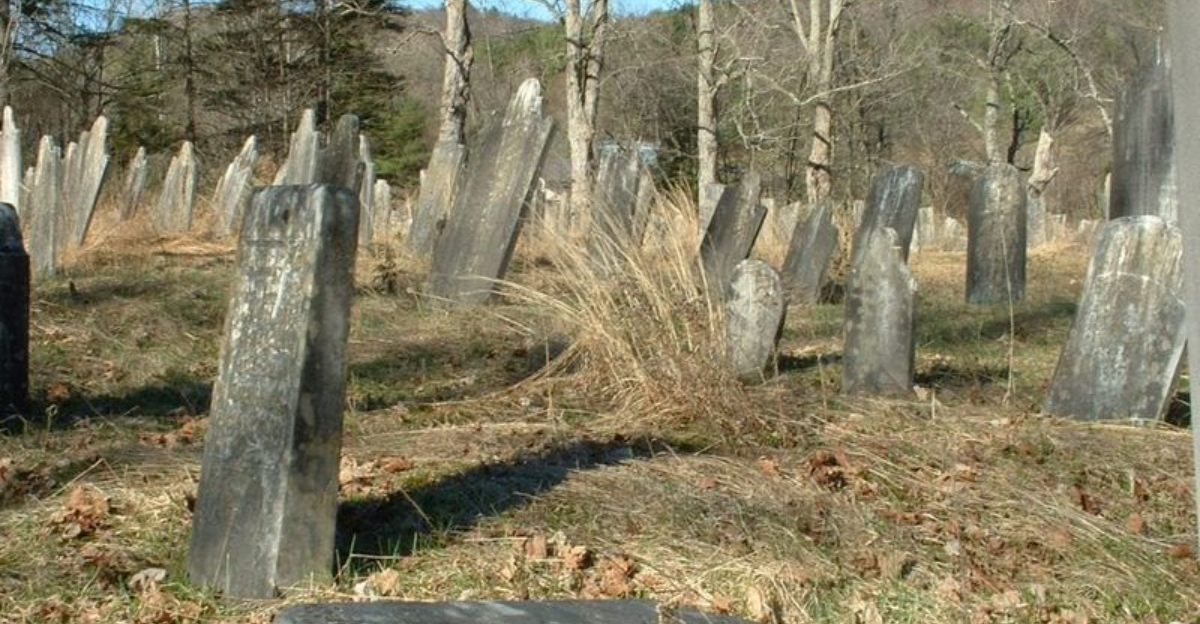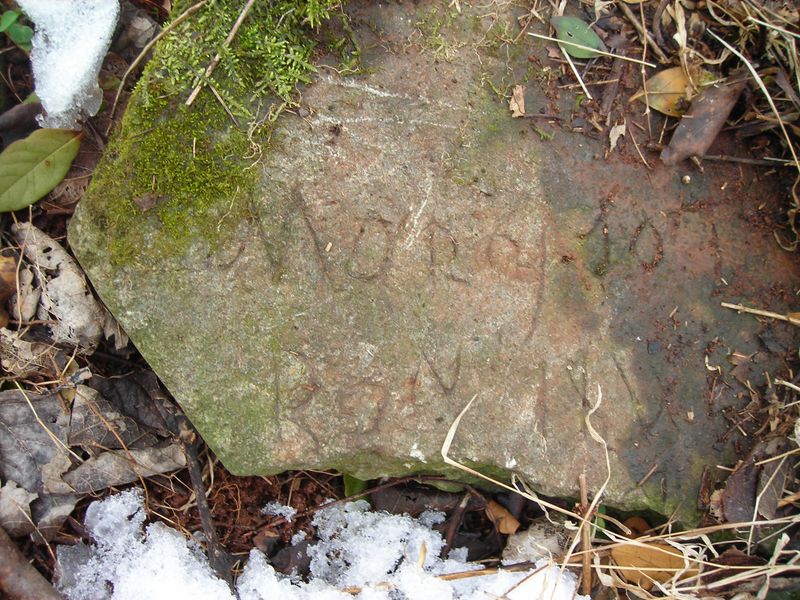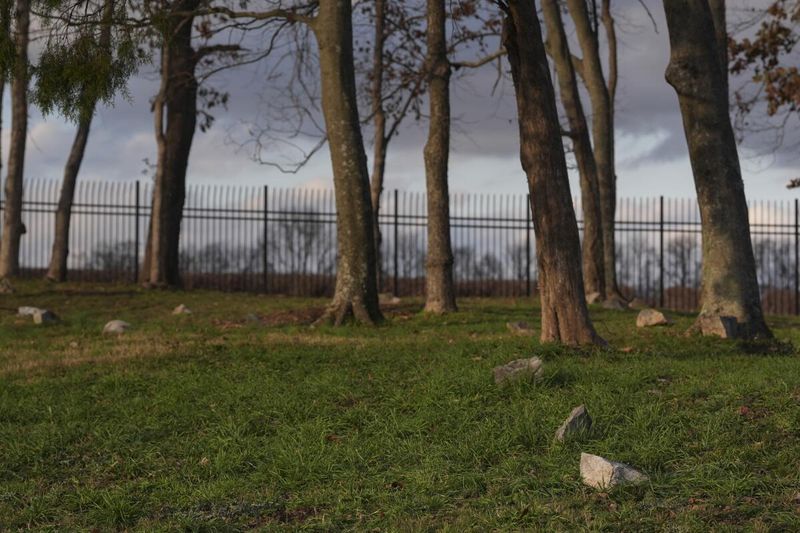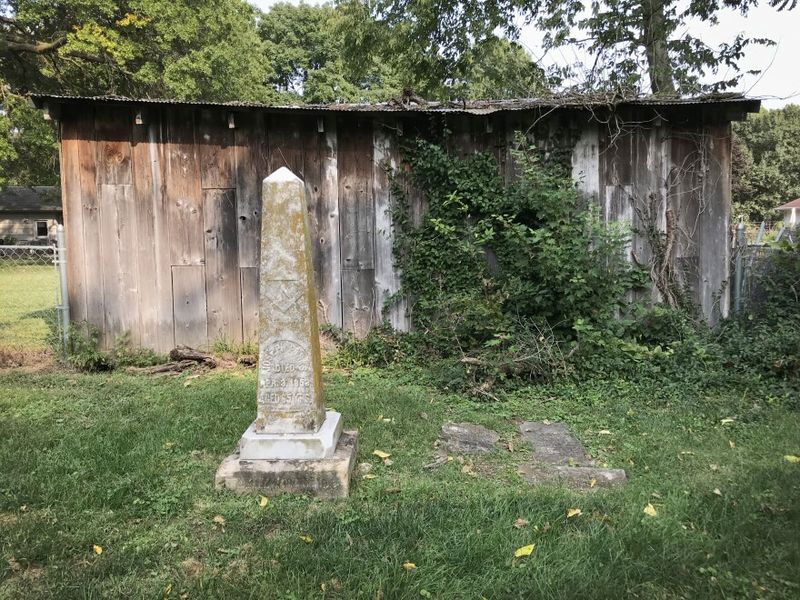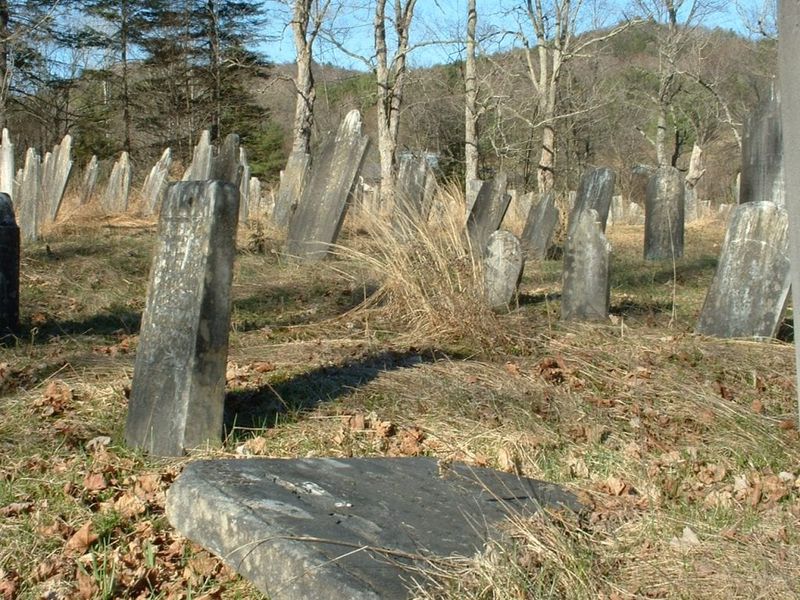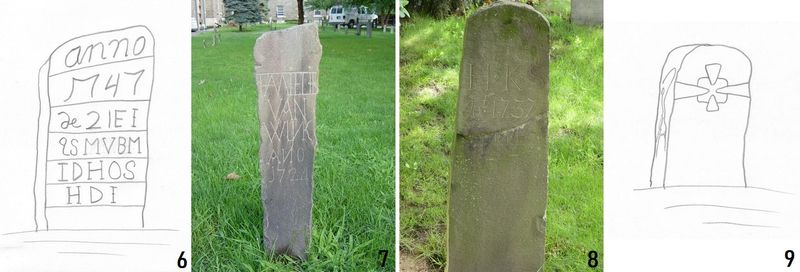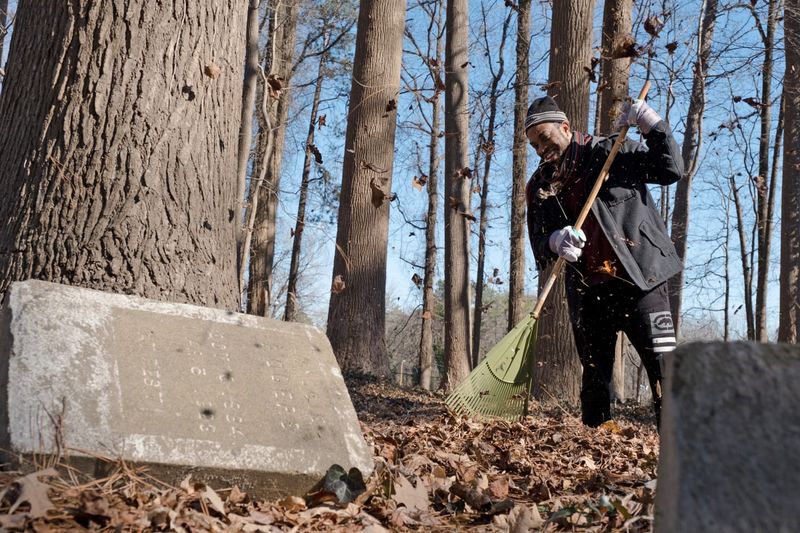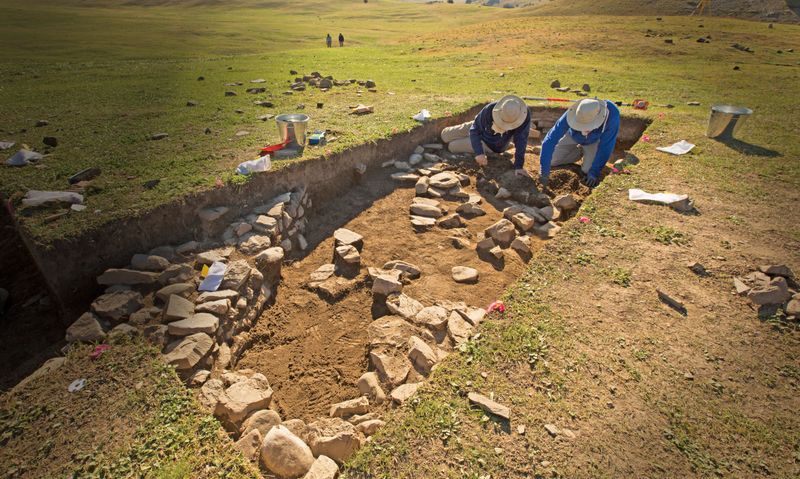Walking through old cemeteries, you might notice simple stones scattered across forgotten corners.
These aren’t random rocks but field stone graves that tell stories most people never hear.
Behind each weathered marker lies a shocking truth about our past that historians are just beginning to uncover.
1. They’re Often the Only Clue Someone Was Ever Buried There
Picture a cemetery where names vanish but people remain. Field stone graves served as humble monuments for those who couldn’t afford fancy headstones.
Without carved inscriptions or dates, these simple rocks became the sole evidence of a life once lived. Families placed them carefully, knowing this stone might be the only way future generations would know their loved one existed.
Today, these anonymous markers stand as silent witnesses to countless forgotten souls who deserved remembrance but received only stone.
2. Some Belong to Enslaved People Whose Names Were Erased
Hidden in plain sight on former plantation grounds, field stone graves mark the final resting places of enslaved individuals. These burial sites were deliberately kept off official maps and records.
Plantation owners rarely documented where enslaved people were buried, leaving families to create their own sacred spaces. The stones they chose carried deep meaning, often reflecting African burial traditions mixed with Christian customs.
Archaeologists now work to honor these forgotten souls by mapping these cemeteries and researching the communities they represent.
3. They’re Being Rediscovered in the Strangest Places
Construction crews breaking ground for new subdivisions sometimes make startling discoveries. Homeowners gardening in their backyards have uncovered field stone graves they never knew existed.
Hikers stumbling across arranged stones in remote forests often find entire family burial plots. These unexpected discoveries happen because rural cemeteries were frequently absorbed into private property over time.
Each rediscovery opens a window into local history, revealing communities that existed long before modern development changed the landscape forever.
4. They Follow a Strange But Consistent Pattern
Even crude field stone graves follow precise burial customs that might surprise you. Most align east to west, with feet pointing toward the rising sun.
This orientation stems from Christian beliefs about resurrection, where the dead would rise facing east on Judgment Day. Families maintained this tradition even when they couldn’t afford proper headstones.
The consistency of this pattern across different regions and time periods shows how deeply held these religious beliefs were, regardless of economic circumstances.
5. No Two Stones Are the Same — and That’s Not an Accident
Families didn’t randomly grab rocks for grave markers. Each stone carried personal significance, often coming from meaningful locations like the person’s favorite fishing spot or family homestead.
Some stones bear faint symbols that have weathered away over decades. Others were chosen for their unique shape, color, or texture that reminded families of their loved one.
This personal selection process made each grave marker as individual as the person it honored, creating a deeply personal memorial despite its simple appearance.
6. They’re Vanishing Fast — and No One’s Talking About It
Time works against these humble monuments in ways that don’t affect marble headstones. Weather erodes their surfaces while vegetation slowly swallows them whole.
Urban development poses the biggest threat, as field stone graves often lack legal protection that formal cemeteries enjoy. Without inscriptions or official records, there’s little evidence they ever existed.
Historians race against time to document these sites before they disappear forever, knowing that each lost grave represents an irreplaceable piece of community history.
7. One Was Discovered With a Whole Village Buried Beneath
What started as curiosity about scattered field stones led archaeologists to an incredible discovery. Beneath the markers lay an entire lost settlement complete with church foundations and hand-dug wells.
The dig revealed dozens of graves surrounding the remains of a community that had vanished from all records. Personal artifacts told stories of daily life in a place that time had completely forgotten.
This remarkable find proves that field stone graves sometimes mark more than individual burials—they can be breadcrumbs leading to entire lost worlds.
